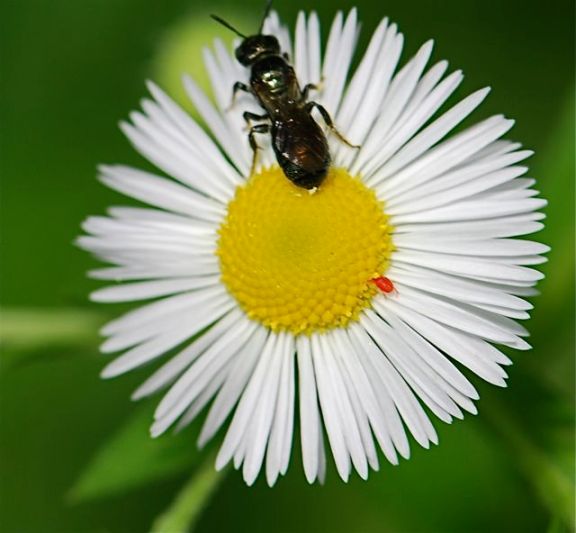Eeek, there are spiders everywhere this week. Here at Growing With Science, at Wild About Ants, and on the Space Shuttle Endeavor. What? Is that why it didn’t launch?
Okay, we’re just having a bit of fun. It turns out that spiders are going into space with the next launch (which will probably be after May 10, 2011) as part of a science project. Two spiders of the species Nephila clavipes will travel to the International Space Station where they will reside for 45 days. Video cameras will record their activity and allow children here on earth to learn more about spider biology in weightlessness.
The Spiders in Space mission is hosted at BioEd Online, where you can find updates and download a module guide (requires registration). The guide gives information about the spiders and the project. The idea is to set up a similar spider habitat here on earth to allow comparisons to spider behavior in space.
You have to find your own spider to put into it.
Note:Â If you are not familiar with spiders, it might be a good idea to consult an expert as to what kinds of poisonous spiders might live in your region and what they look like, before you collect any. Here’s a photograph of a common type of orb weaver, which is the kind the video recommends.
Related posts about spiders (for even more, click on the spider category in the column to the right):
If you are interested in spiders, there are some more fun children’s books on our growing list of spider books at Science Books for Kids.






